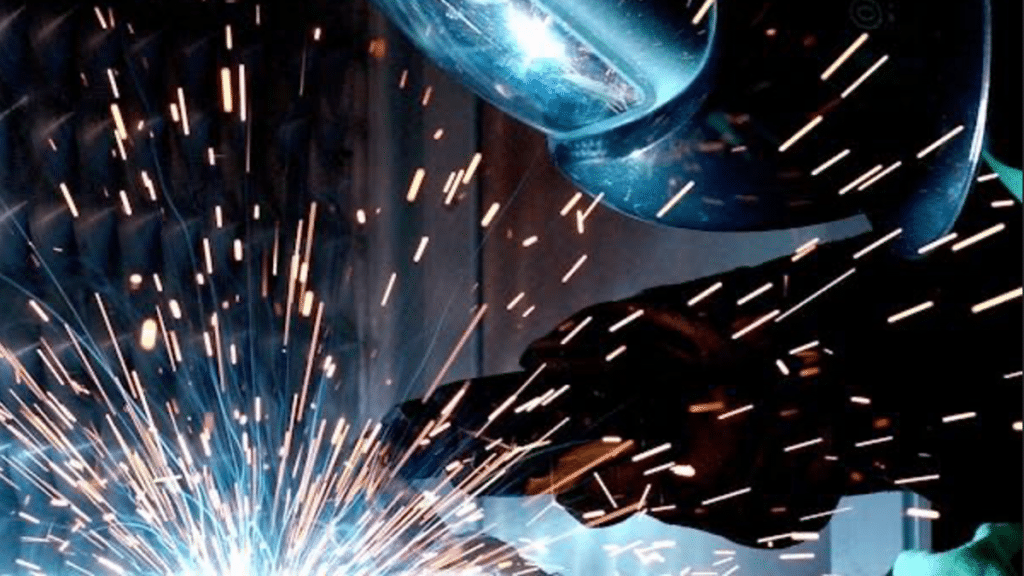Finding ways to boost efficiency is a constant priority in the fast-evolving manufacturing world. One key technology driving this improvement is the linear actuator. By enabling precise and reliable motion control, linear actuators can significantly enhance manufacturing processes. In this article, we will delve into five significant ways actuators improve efficiency in manufacturing. Each method highlights the transformative impact of actuators on production lines, focusing on their role in precision, process control, automation, energy efficiency, and safety. Understanding these aspects will provide a clearer picture of how actuators contribute to more efficient manufacturing.
The Role of Actuators in Manufacturing Efficiency
Actuators, in general, are crucial components in modern manufacturing, providing the precise control necessary for various automated processes. These devices convert energy into motion, allowing for the accurate manipulation of machine parts. As a result, they are essential for enhancing the precision and reliability of manufacturing operations, ensuring consistent product quality.
Enhanced Precision and Accuracy
Precision is a cornerstone of efficient manufacturing. Actuators allow for exact positioning and movement, ensuring that each component is placed or manipulated with high accuracy. This precision reduces errors and minimizes waste, contributing to a more streamlined production process. For instance, in assembly lines, actuators can position parts with micrometer precision, which is crucial for high-quality outcomes.
Moreover, the ability to control movements precisely means that fewer materials are wasted during the manufacturing process. This efficiency not only saves costs but also reduces the environmental impact of production activities. By integrating actuators, manufacturers can achieve higher precision in their operations, resulting in better product quality and consistency.
Improved Process Control
Effective process control is vital for maintaining consistency and quality in manufacturing. Actuators facilitate real-time adjustments, allowing machines to adapt to changing conditions quickly. This adaptability helps maintain optimal performance, reducing downtime and enhancing overall productivity. For example, in a production line, actuators can adjust the speed and force of machines to match specific requirements, ensuring that processes run smoothly.
In addition, actuators enable precise control over the manufacturing environment, such as maintaining specific temperatures and pressures. This control is critical for processes that require exact conditions to produce high-quality products. By improving process control, actuators help manufacturers maintain high standards and minimize variations in their outputs.
Increased Automation
Automation is a key driver of efficiency in modern manufacturing. Actuators enable the automation of repetitive tasks, freeing up human workers for more complex and creative roles. By reducing the reliance on manual labor, actuators help increase the speed and efficiency of production lines. For instance, automated systems can handle tasks such as sorting, packaging, and assembly with high precision and speed.
Furthermore, automation powered by actuators leads to consistent and repeatable processes, which are essential for mass production. This consistency reduces the risk of human error and increases the overall reliability of manufacturing operations. By embracing automation, manufacturers can enhance productivity and maintain a competitive edge in the market.
Energy Efficiency
Energy efficiency is another critical factor in manufacturing. Actuators contribute to more efficient energy use by providing precise control over machinery, reducing the power needed for operation. This reduction in energy consumption not only lowers costs but also supports sustainability initiatives. For example, actuators can optimize the operation of HVAC systems in manufacturing facilities, ensuring that energy is used efficiently.
Moreover, actuators can help in monitoring and managing energy usage in real-time, allowing manufacturers to identify and address inefficiencies promptly. By improving energy efficiency, actuators help reduce the carbon footprint of manufacturing operations, contributing to environmental sustainability and cost savings.
Enhanced Safety
Safety is paramount in manufacturing environments. Actuators enhance safety by enabling automated safety protocols and reducing the need for human intervention in hazardous tasks. This improvement in safety protocols helps prevent accidents and ensures a safer working environment for employees. For example, actuators can be used to control safety barriers and emergency stop mechanisms, ensuring quick responses to potential hazards.
Additionally, the use of actuators in safety-critical applications, such as in robotic arms and conveyor systems, minimizes the risk of injury to workers. By integrating actuators into their safety systems, manufacturers can create a safer workplace and comply with stringent safety regulations, thereby protecting their workforce and reducing liability.
Conclusion
Actuators play a vital role in improving manufacturing efficiency through enhanced precision, improved process control, increased automation, energy efficiency, and enhanced safety. By integrating actuators into manufacturing processes, industries can achieve significant gains in productivity and sustainability, positioning themselves for future success. Embracing these technologies not only enhances operational efficiency but also supports broader goals of safety and environmental responsibility.
